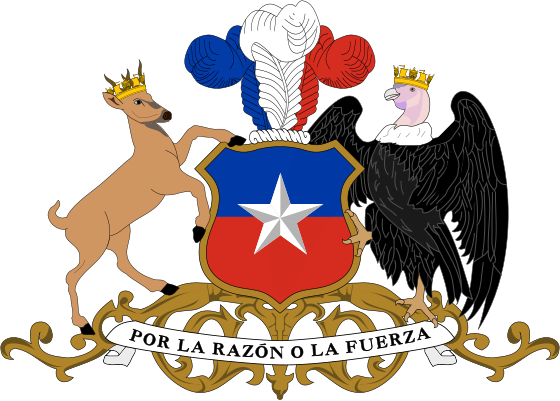 |
| Coat of Arms of Chile by B!mbo |
Whenever anyone thinks of Chile they
immediately think of copper since it is the largest producer of copper in the
world, but many of the copper deposits have gold and silver as trace metals. A recent statement by the Chilean Copper
Commission (Cochilco) says their country’s production of gold could triple by
2015 making the country one of the top producers in the world. Currently Chile Chile
There are several mining companies involved with this surge
in gold production with the most notable being Barrick with its Pascua Lama
project. This does not include several
other gold mining projects that are waiting in the wings. Recent discoveries of gold/copper
mineralization have been found in the high Andes that
have become viable because of the high rise in gold and copper prices. The biggest hurdle facing miners is the lack
of or shortage of capital for developing these gold finds that sometimes can
cost billions of dollars to get them into production.
Most of these projects in the high Andes
are found above the 4,000 meter line making them difficult to mine as operations
are hard on both personnel and equipment.
Some of these projects are centered on banded quartz projects carrying
in places high anomalies of gold. Other
projects are to be found in gold bearing porphyry that has a lower gold
content, but because of the vast volumes of rock present high tonnage, low
grade projects. At present the main
target of the explorers is at La Falda that is a near-surface porphyry having
associated epithermal gold-silver.
A second cycle of gold production started at about 1740 that
were mainly based on vein mining. The
gold was recovered using trapiches and mercury
to recover the gold. This production
peaked with the production of 3 tonnes in 1810.
There were several areas that were producing gold with the most
prominent being located at Andacollo and other areas. Gold production in all areas declined during
the War of
Independence that was finally reached in 1823.

Good article, John!
ReplyDelete